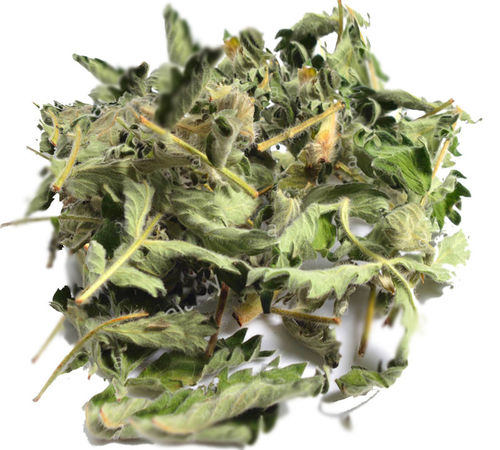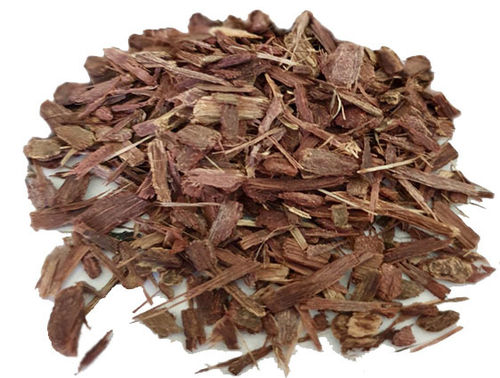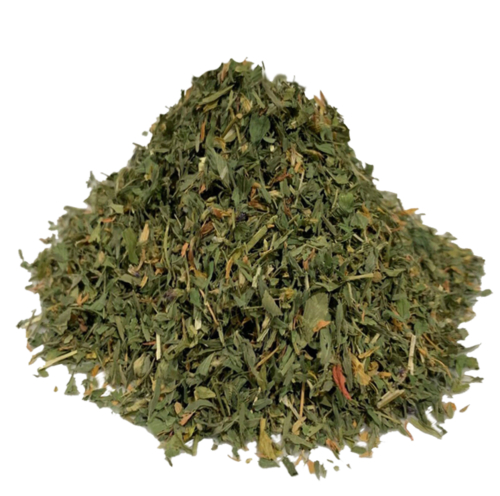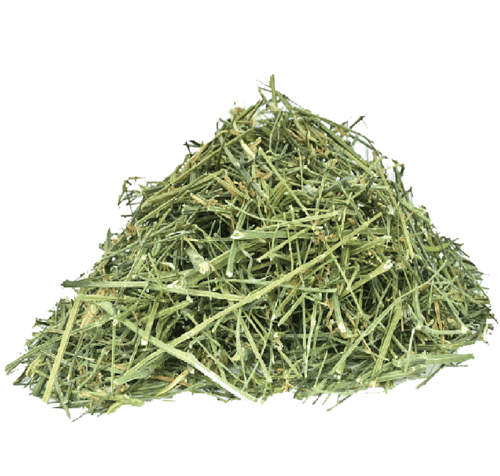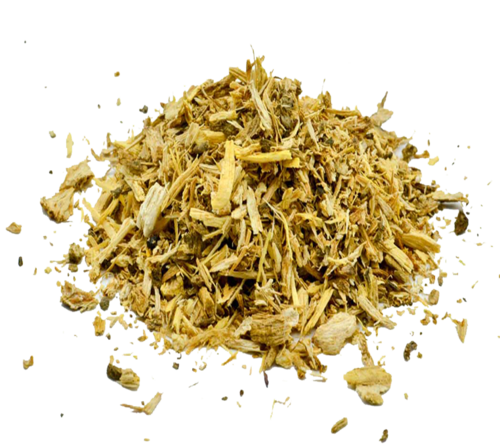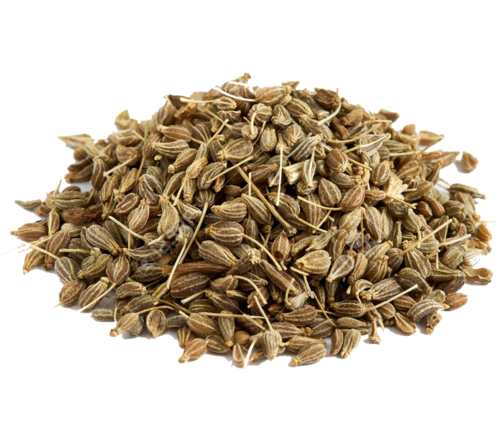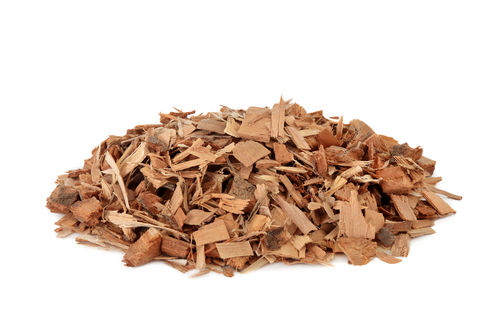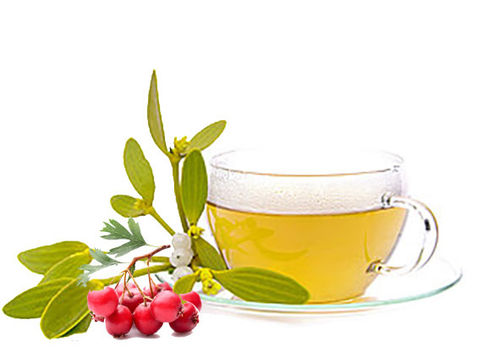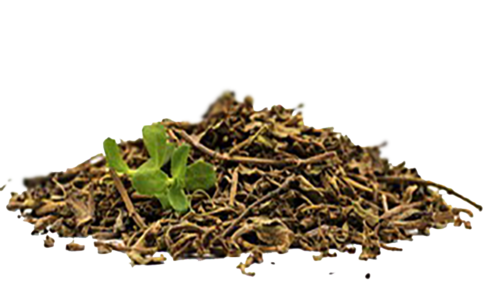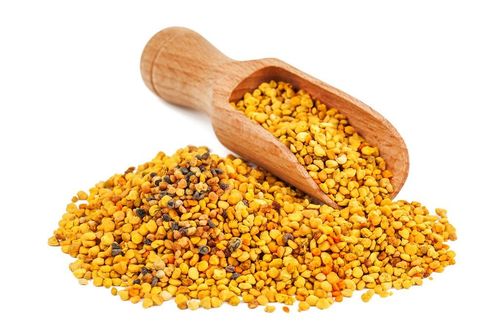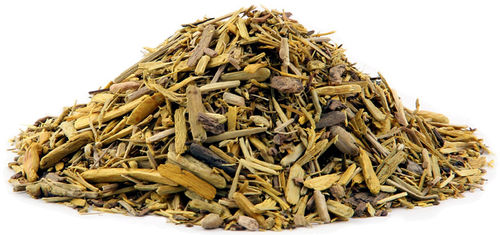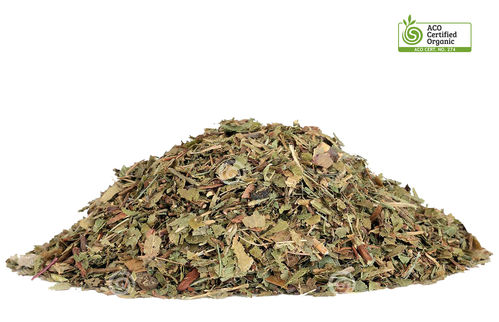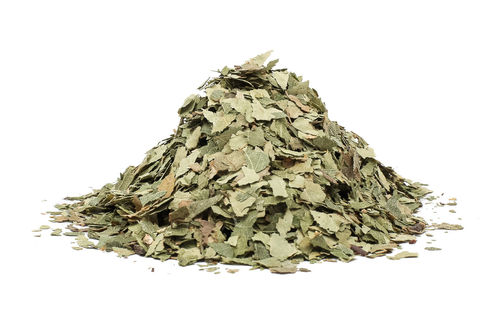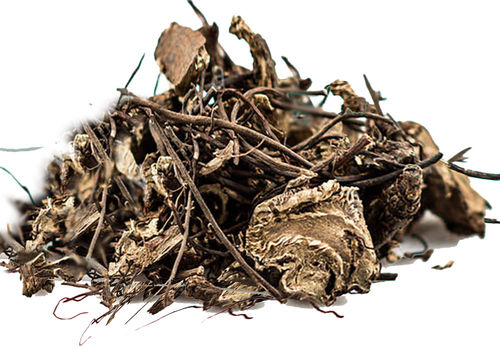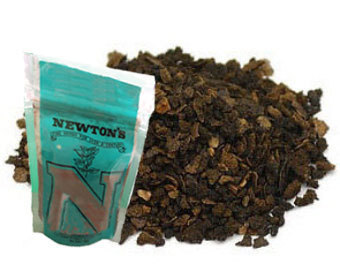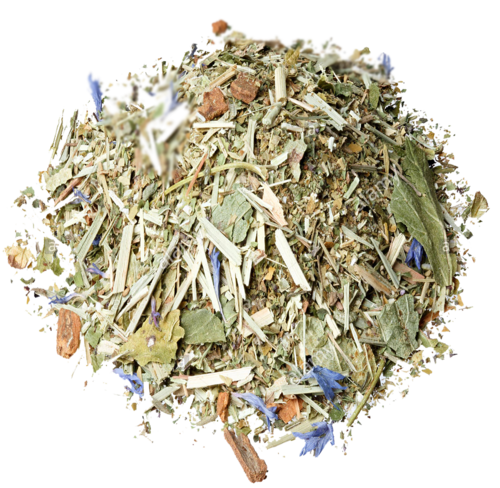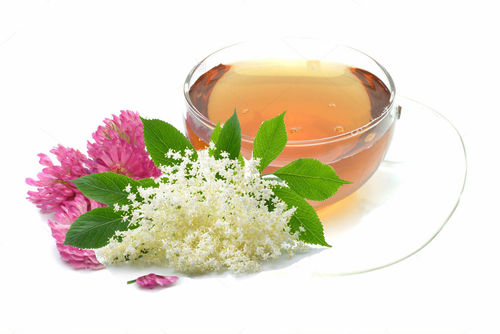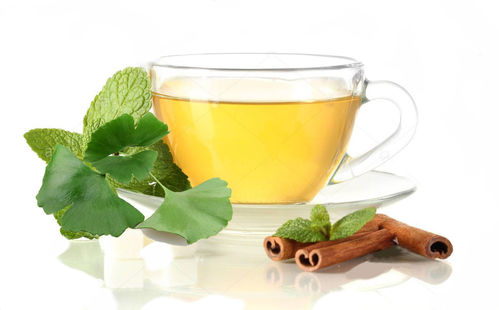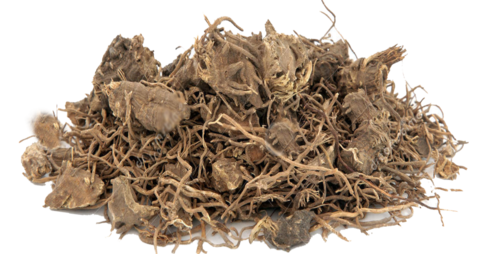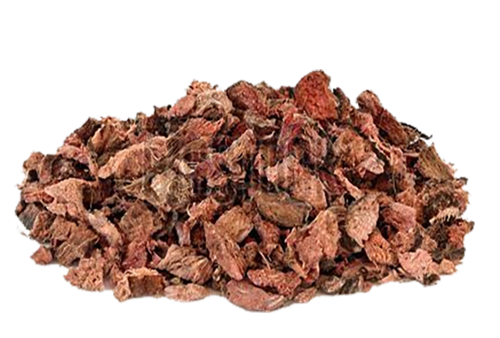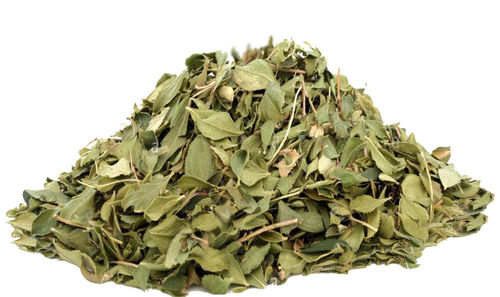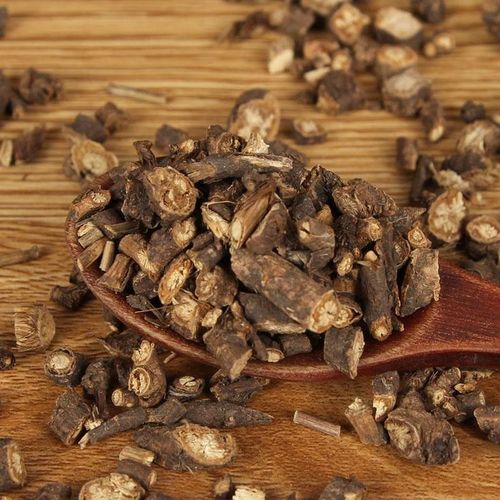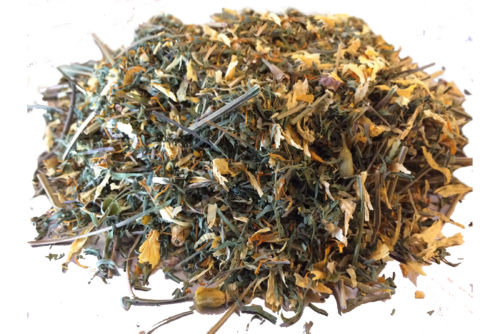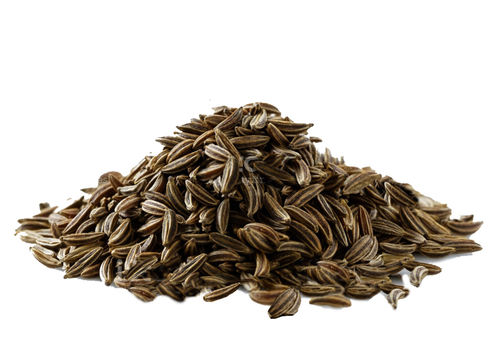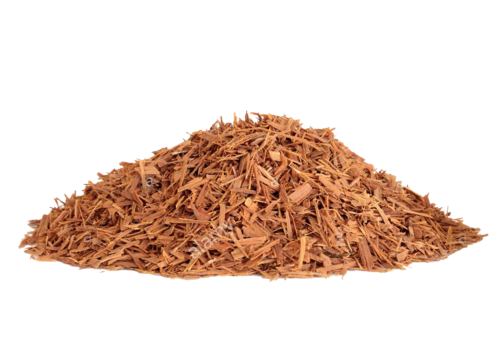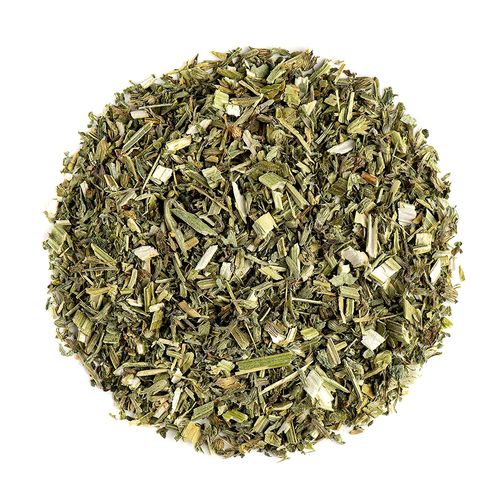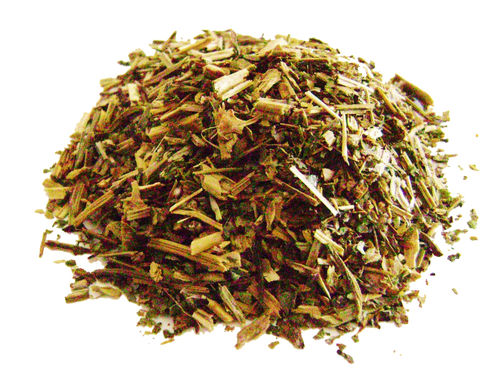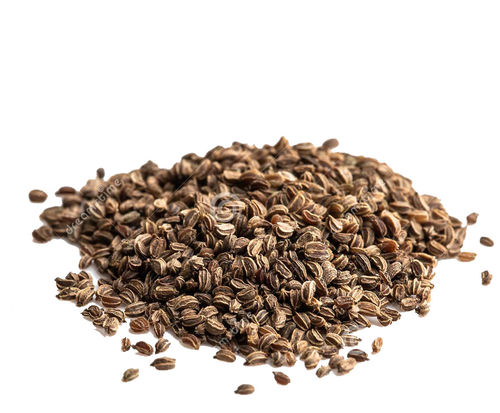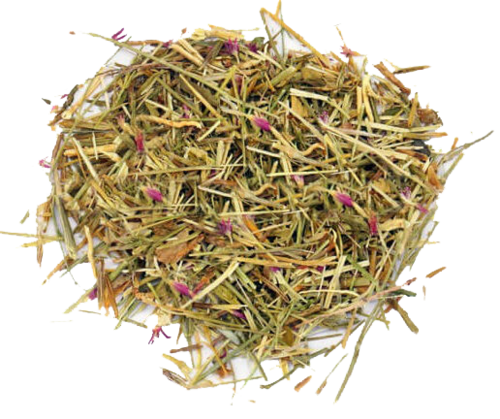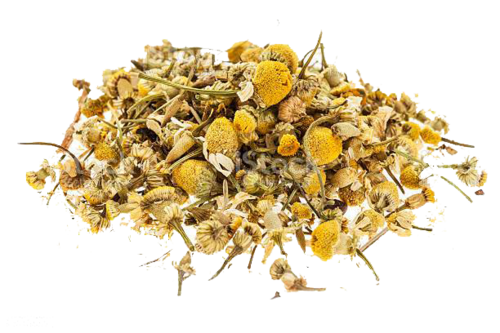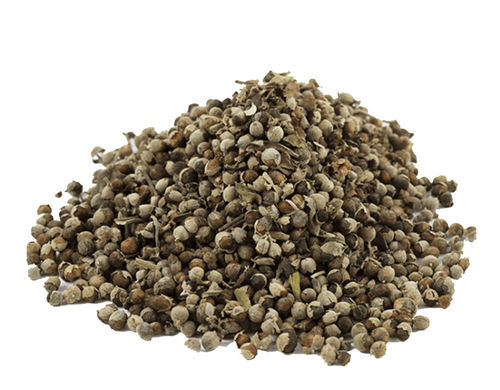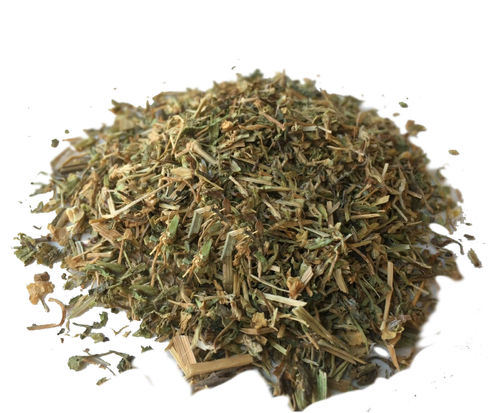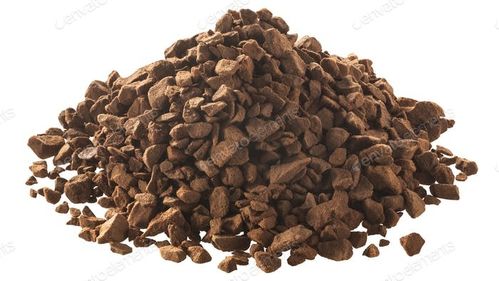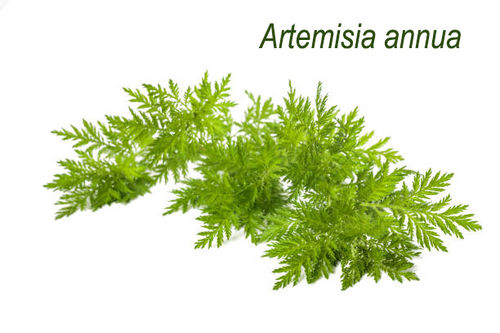Newtons Pharmacy Herbs & Extracts Medicinal Herbs
Dried Herbs & Teas
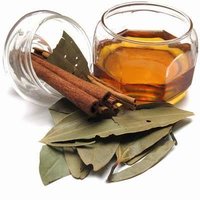
Dried Herbs and Herbal Beverages
In general, herbal beverages, commonly known as teas, infusions or decoctions, are prepared from natural ingredients of different plant parts, namely leaves, stems, roots, fruits, buds and flowers. These are rich in natural bioactive compounds such as vitamins, carotenoids, phenolic acids, flavonoids, coumarins, alkaloids, polyacetylenes, saponins and terpenoids, among others. Evidence based research shows that these bioactive compounds render a myriad of biological effects, including antioxidant, antibacterial, antiviral, antiinflammatory, antiallergic, antithrombotic and vasodilatory action, as well as antimutagenicity, anticarcinogenicity and antiaging effects. In addition, herbal drinks serve as delicious social beverage alternative and safe and efficient cosmetic ingredient in skin and hair formulations.
Traditional preparation of dried herbs for various applications:
- Making an Infusion: Put the herb in a pot/teapot with a close-fitting lid and cover with hot water (not boiling). Leave to infuse for 10 minutes, then strain through a sieve or strainer into a cup. Drink hot or cold according to taste.The infusion method is used for flowers and the leafy parts of plants.
- Making a Decoction: Place the herb in a saucepan and pour over cold water. Bring to the boil then simmer for up to 1 hour until the volume has been reduced by one third. Strain into a jug or teacup and drink hot or cold according to tasteThis method is used for roots, barks, twigs and some berries.
- Making a Compress: Often used to accelerate healing of wounds or muscle injuries. Soak a clean piece of cloth in a hot infusion. Squeeze out the excess liquid and hold the cloth against the affected area. When it cools or dries, repeat the process using hot mixture
- Making a Poultice: Has similar action to a compress, but the whole herb rather than a liquid extract is applied. Dried herbs can be decocted or powders mixed with a little water to make a paste. Squeeze out any excess liquid and spread on to the affected area. Hold the poultice in place with gauze or cotton strips
| 1 - 36 of 221 results |
|

